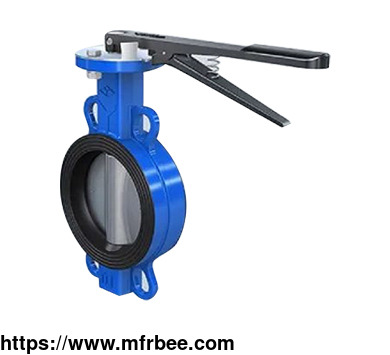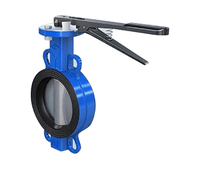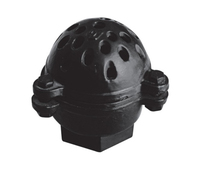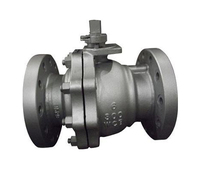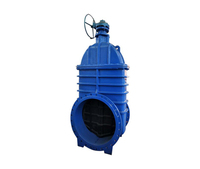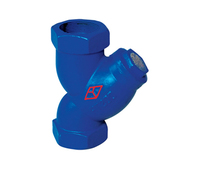BUTTERFLY VALVES
Product Quick Detail
- FOB Price
- USD $500.00 / Piece
- Minimum Order
- 1
- Place Of Origin
- china
- Packaging
- N/A
- Delivery
- 15~30 working days
Specifications
MstnLand provides high performance butterfly valve products, including Hard seal and soft seal butterfly valve, triple offset/double offset/centric butterfly valve, Lug type /Wafer type/Hoop
type/Flanged ended butterfly valve and three-way butterfly valve. Especially our Bi-directional seal butterfly valves for sale can be tested at 1.1 times design pressure with zero leakage at both
directions.
Butterfly valve is a kind of valve that takes a disc as closing part (butterfly board) which rotates around the valve axis to achieve opening and closing. The valve is mainly used for cut-off and
throttling on pipeline. A plate or disc is positioned in the center of the pipe. The disc has a rod passing through it that is connected to an actuator outside of the valve. Rotating the actuator
turns the disc either parallel or perpendicular to the flow. The flow of medium may be controlled by changing deflection angle of butterfly board.
Butterfly valves types Based on Structure
According to the structural form, butterfly valve can be divided into Triple offset butterfly valve, high-performance butterfly valve, metal seated butterfly valve and double offset butterfly
valve. The structural difference of butterfly mainly lies in whether the stem axis, disc center, body center is in the same position or eccentric position.
Butterfly Valves Overview
What is a butterfly valve?
Butterfly valve, also known as flap valve, is a regulating valve with simple structure. The butterfly valve uses a disc type hoist to rotate back and forth by about 90 ° to open, close or adjust
the medium flow. Butterfly valves can be used to control the flow of various types of fluids such as air, water, steam, various corrosive media, mud, oil products, liquid metals and radioactive
media.
Butterfly valve is not only simple in structure, small in volume, light in weight, low in material consumption, small in installation size, small in driving torque, simple and rapid in operation,
but also has good flow regulation function and closing sealing characteristics. It is one of the fastest-growing valve varieties in recent decades.
Why we call it a butterfly valve?
Some valves are named for their shapes, such as ball valves, globe valves, needle valves, etc. Other valves are named for their rotating forms and functions gate valves, plug valves, pinch valves,
slide valves, etc. Butterfly valves are also named for their rotating form.
The name of butterfly valve comes from its rotating shape, which is similar to the wing in flight. The rod is similar to the body of a butterfly, while the disc moves like the wings of a butterfly.
The movement of butterfly valve is similar to that of butterfly whose wings move up and down 90 degrees when landing.
What Are Butterfly Valves Used For
Butterfly valves are initially used where tight closing is not absolutely necessary. However, over the years, the seals of these valves have been quite tight, made of rubber or elastic materials,
and have good closing performance similar to other types of valves. Use butterfly valves where space is limited. Unlike gate valves, butterfly valves can be used for throttling or regulating flow,
as well as for fully open and fully closed positions. Compared with the gate valve, the pressure loss through the butterfly valve is smaller. The length diameter ratio of this valve is about one
third of that of the gate valve. Butterfly valves are used for size. They can be operated by hand wheel or by wrench or transmission mechanism.
There are many butterfly valves suppliers, but we are one of the best choices for you.
- Country: Afghanistan
- Address: Room A086, No.2 Bonded Port Area, Xinyingwan District, Yangpu Economic Development Zone, Hainan Province
- Contact: Michael Zhang
